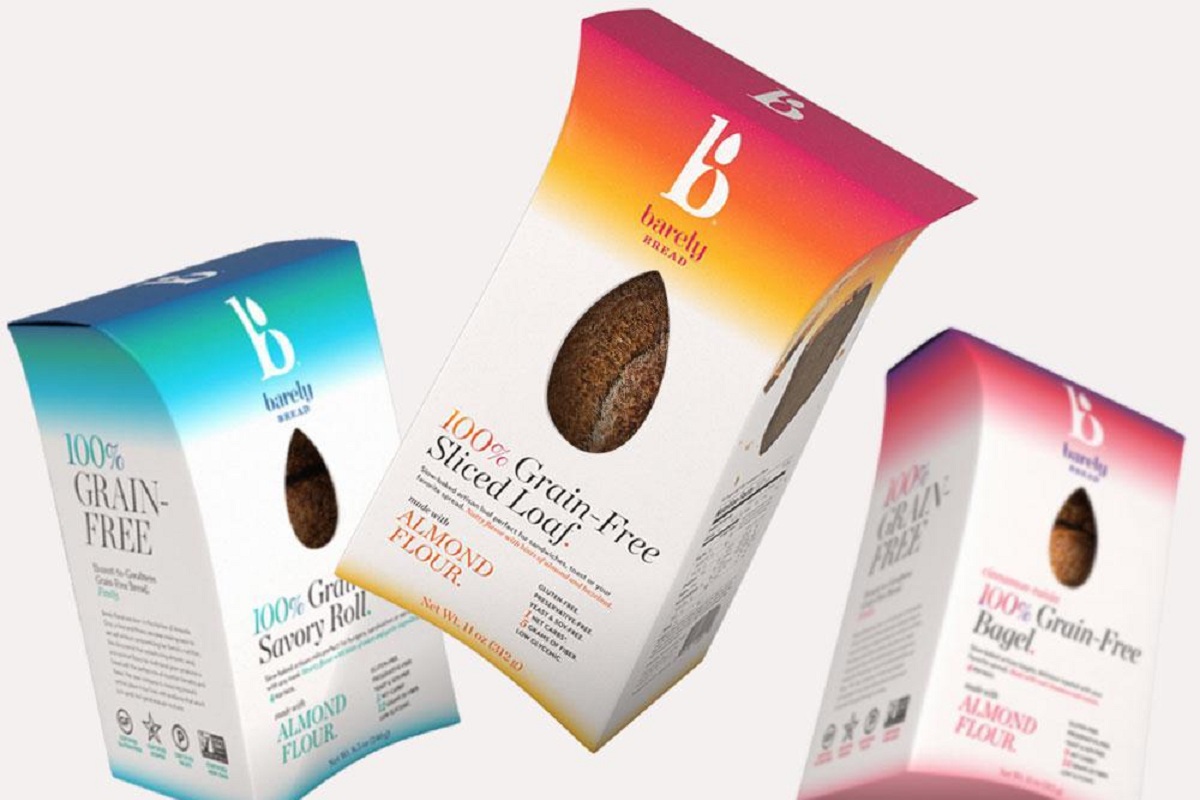[ad_1]
Chris Stafferton was a naval architect. Today he is Devonport’s self-proclaimed ‘Bread Architect’.
Working from his home kitchen, he doesn’t just bake baked goods, he invents them.
“I don’t like that term ‘gluten-free.’
Having previously published a book called Promise and Fulfillment, detailing his bread-making experiences, recipes and adventures, Mr. Stafferton has found friends and enthusiasts all over the world.
He is now looking to reach further into the local community via ready-to-bake bread kits and – later this year – a micro-bakery set up in a food van.
For the past two years, he has received help from the Seedlab agribusiness incubator program to address issues such as food safety and business planning.
“It’s been a wonderful process. One of the things that Hazel MacTavish-West, who runs Seedlab, kept telling me was, ‘You have to focus, focus! ‘” Mr. Stafferton said.
“She said, ‘Are you going to write another book or are you going to develop these bread kits?’
“And Seedlab has been with me all the way, helping me sort things out, connecting me with experts in different fields.
“I wanted to incorporate as much Tasmanian produce as possible into what I make. Granary bread is around 90% Tasmanian produce.”
One of the breads invented by Mr. Stafferton is called Kindred bread. It is made almost entirely from ingredients from Kindred Organics, near Forth.
Buckwheat, quinoa and flax all come from the farm.
The long-term plan is to produce the kits as well as fresh breads in a micro-bakery on wheels. The kits will sell online first, but eventually in stores.
Bread Worth Sharing Kits aim to make sourdoughing easy and hassle-free. There is nothing to do except add water.
The quest for better gluten-free bread began for Chris after his doctor grew tired of prescribing elimination diets.
“I couldn’t get my health back and my GP finally told me to go gluten free. After about two weeks I was already feeling better.
“Then, the same year, my youngest daughter received a similar diagnosis, which only strengthened my resolve.
Mr. Stafferton has experimented with countless seeds, herbs, types of rice and different sourdoughs [agents to make bread rise] to come up with many new bread recipes that owe their simplicity to traditions that are often old.
“I want to use the simplest, organic, local and [with] no food additives. It’s been quite a trip.
“The use of honey as a leaven fascinated me. I read a lot and discovered that it was used in many ancient cultures.
“For a beekeeper, water in honey is bad. For a baker, it can be great because you let it ferment and you get a shiny leaven.”
[ad_2]
Source link

